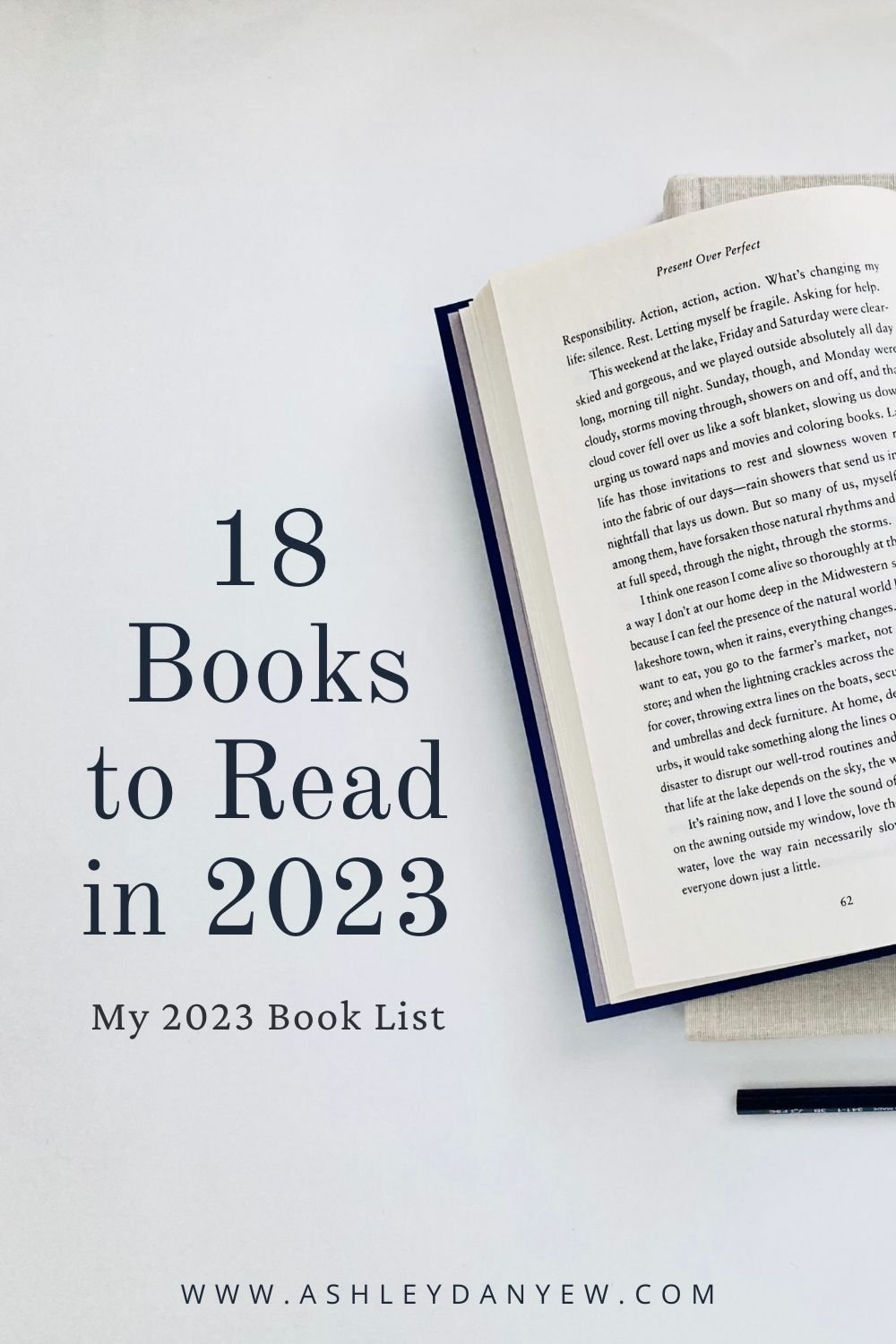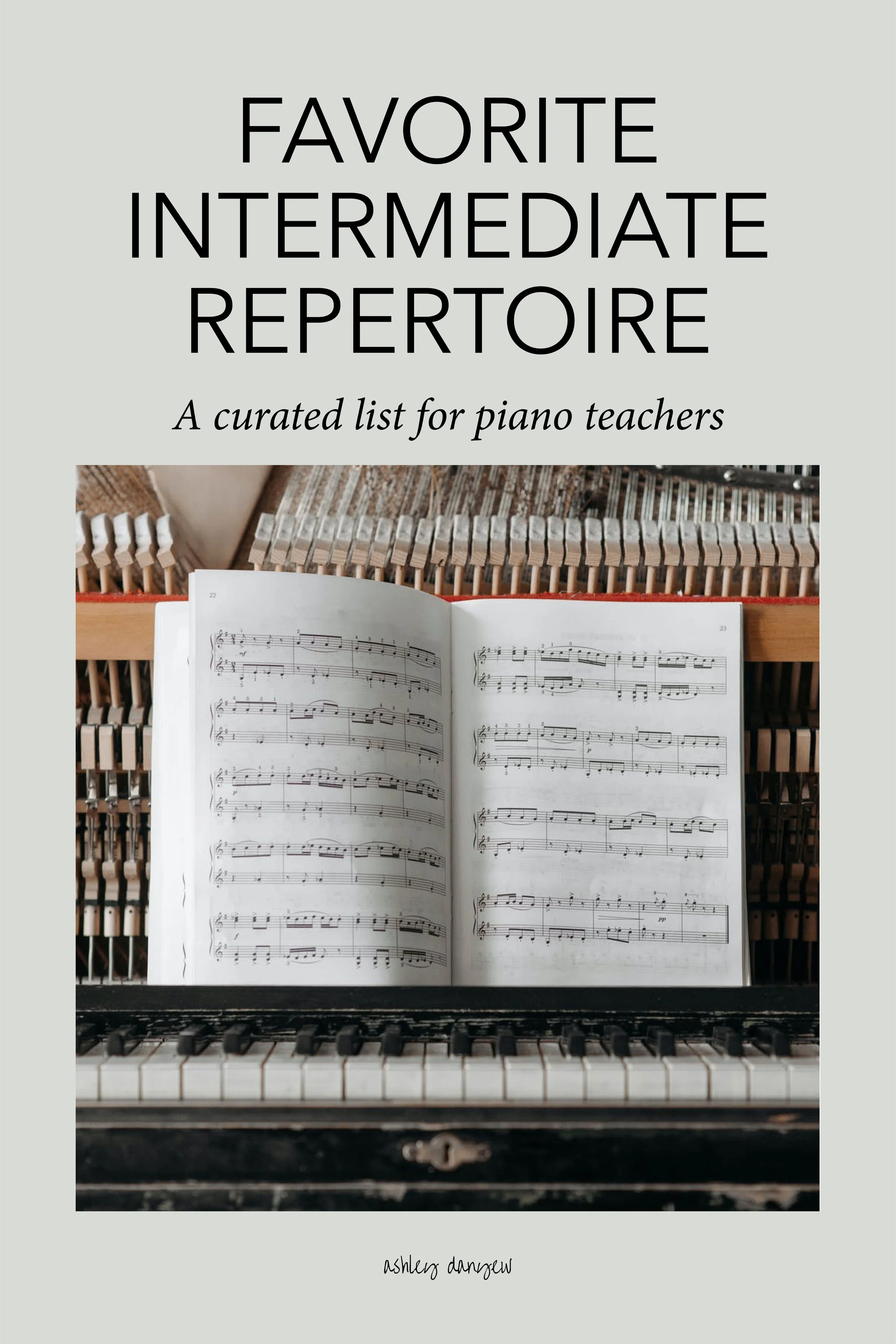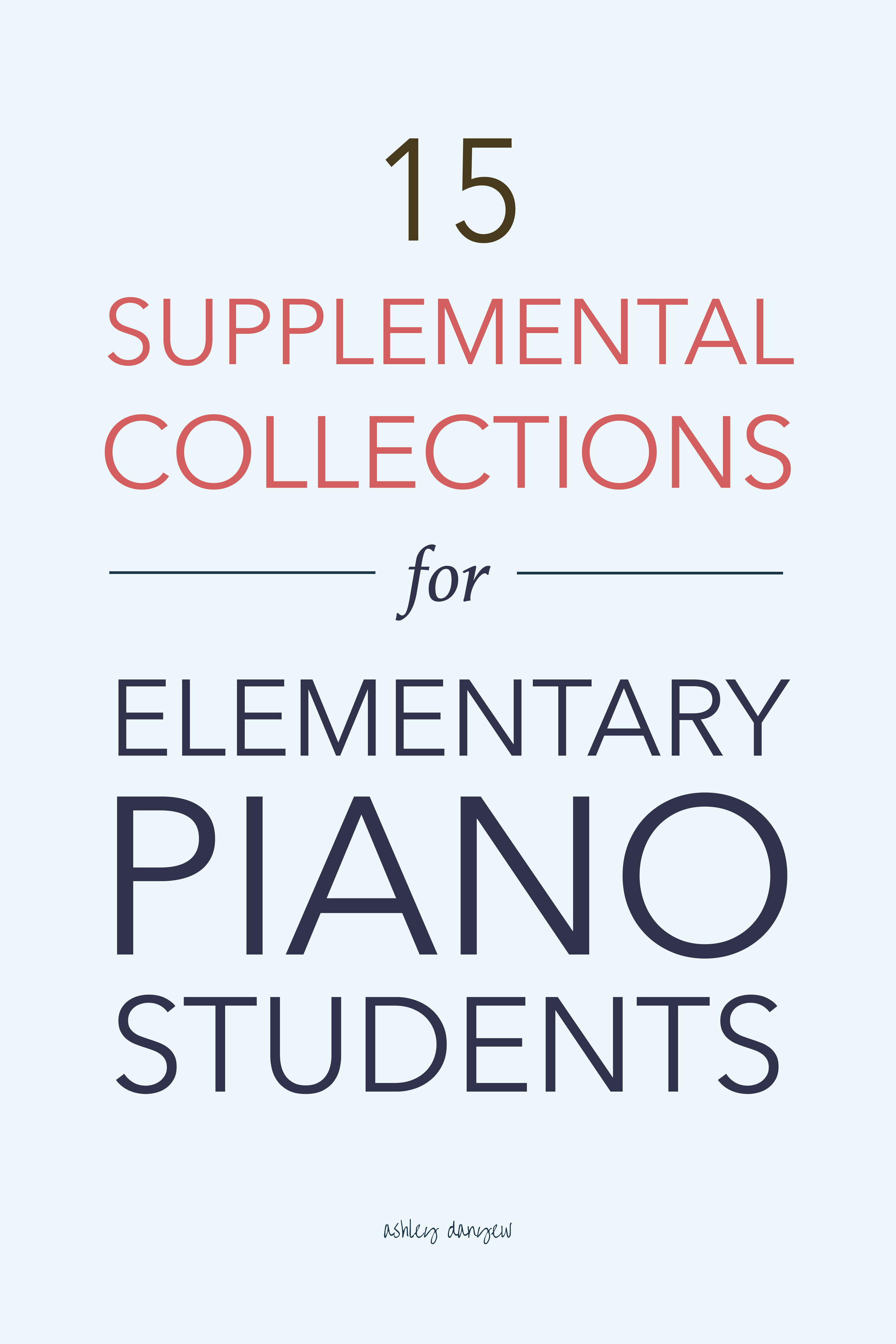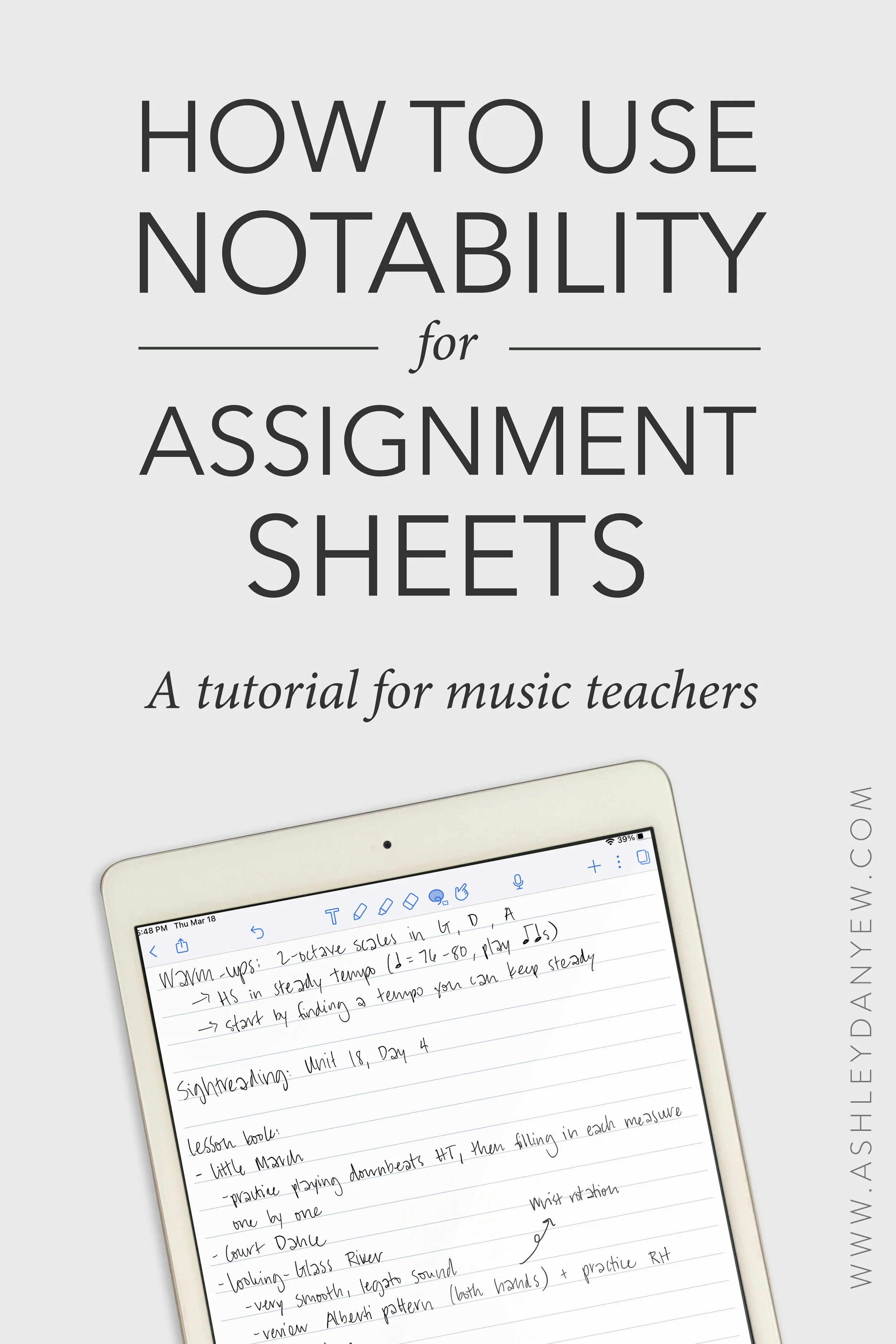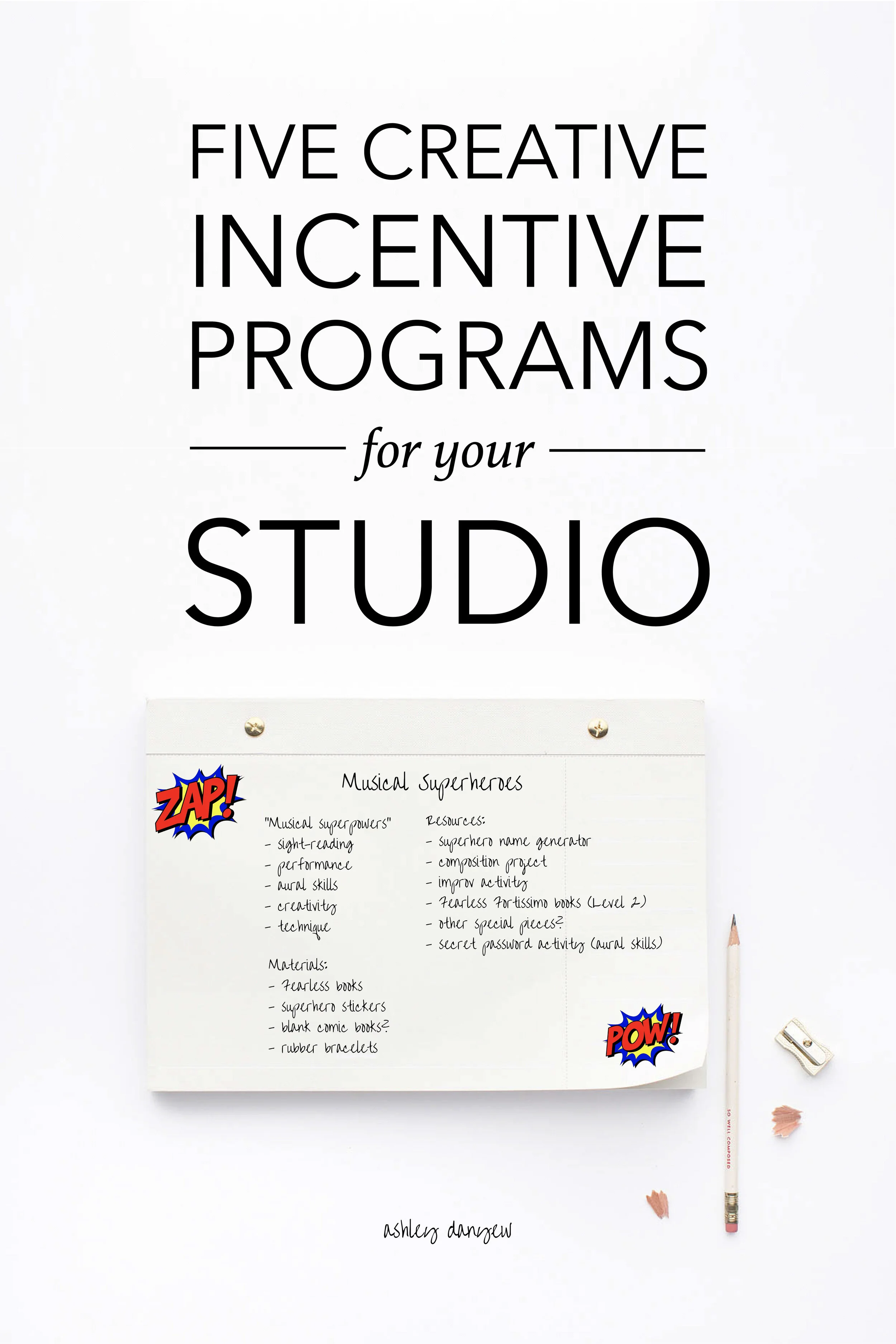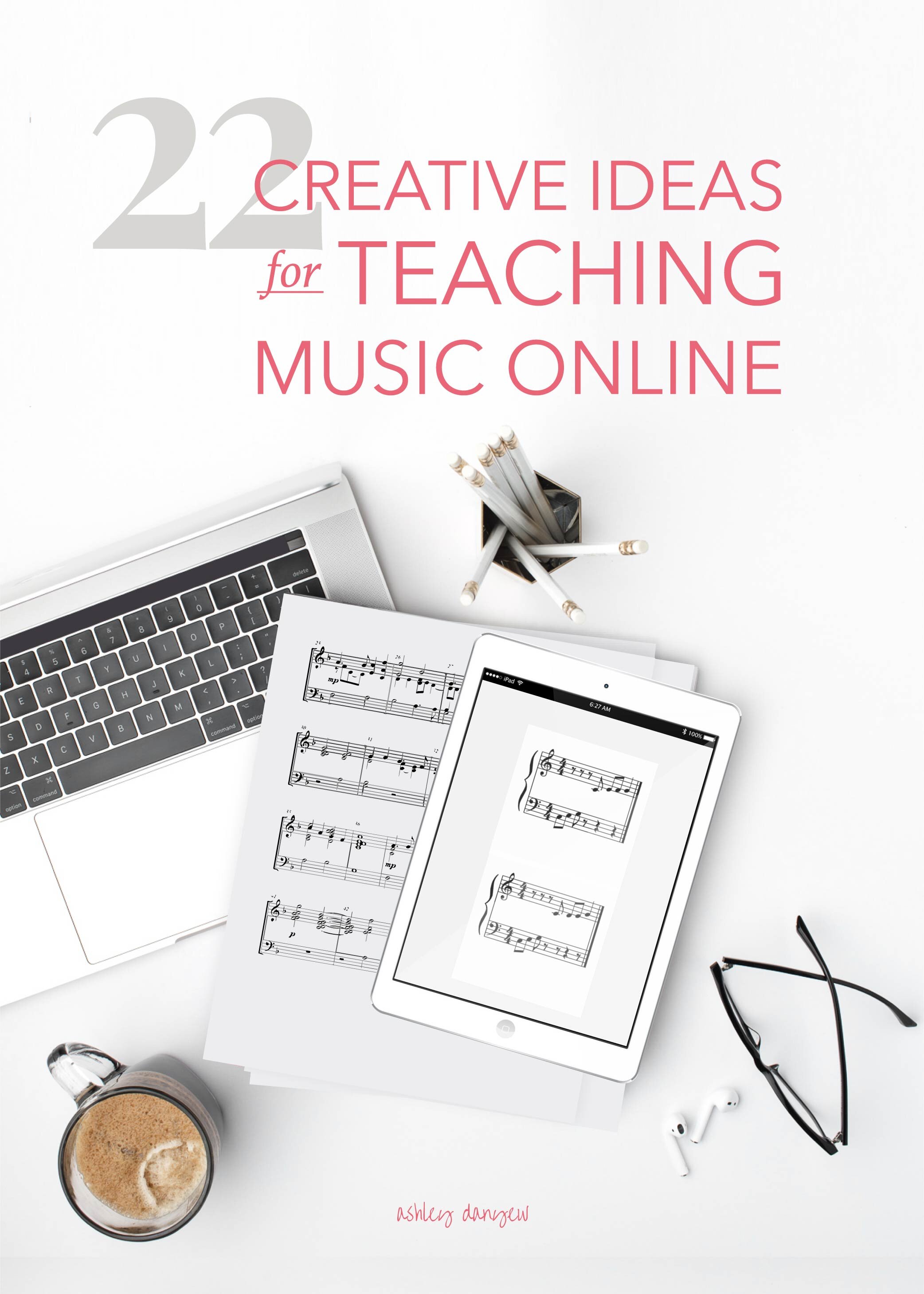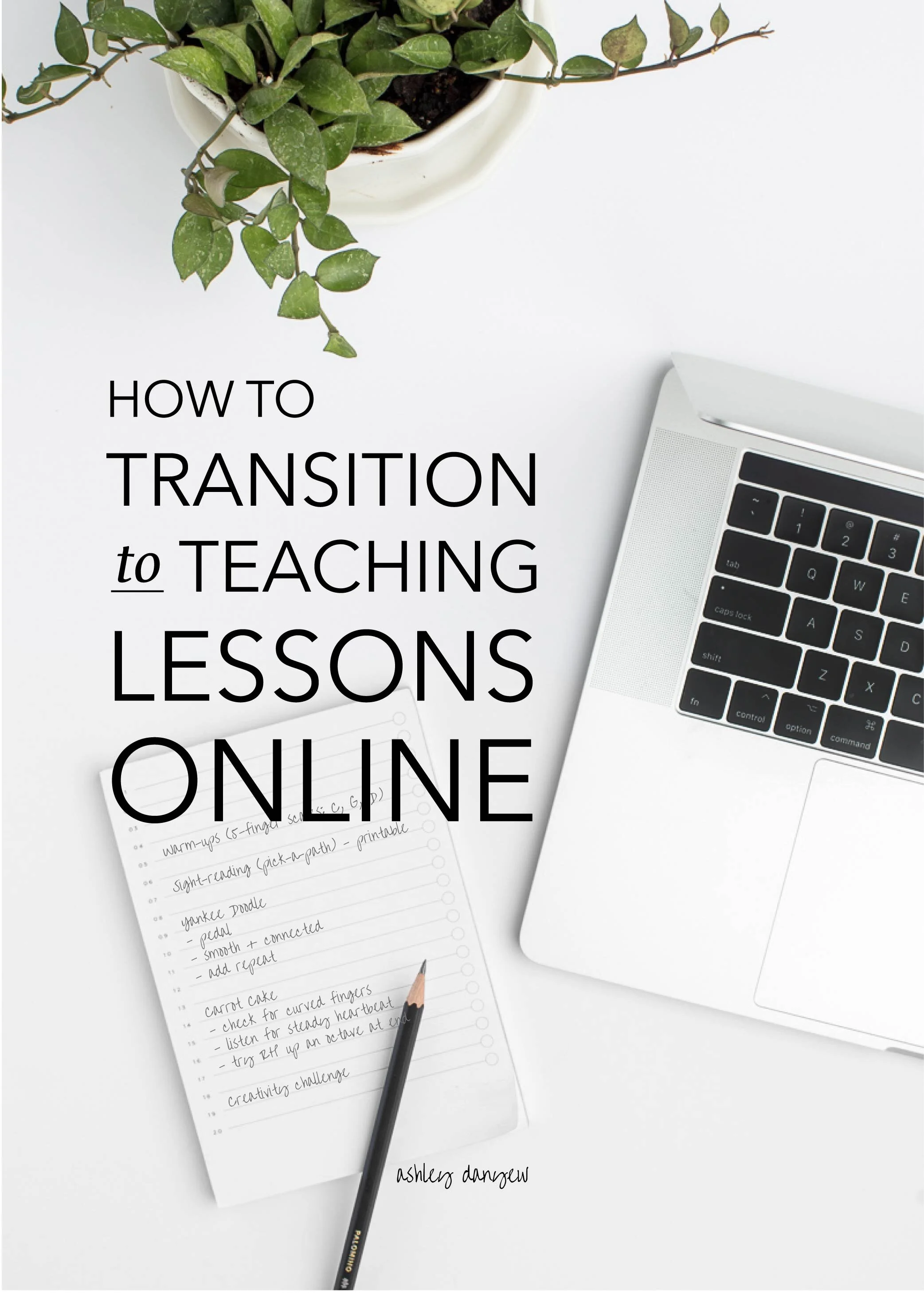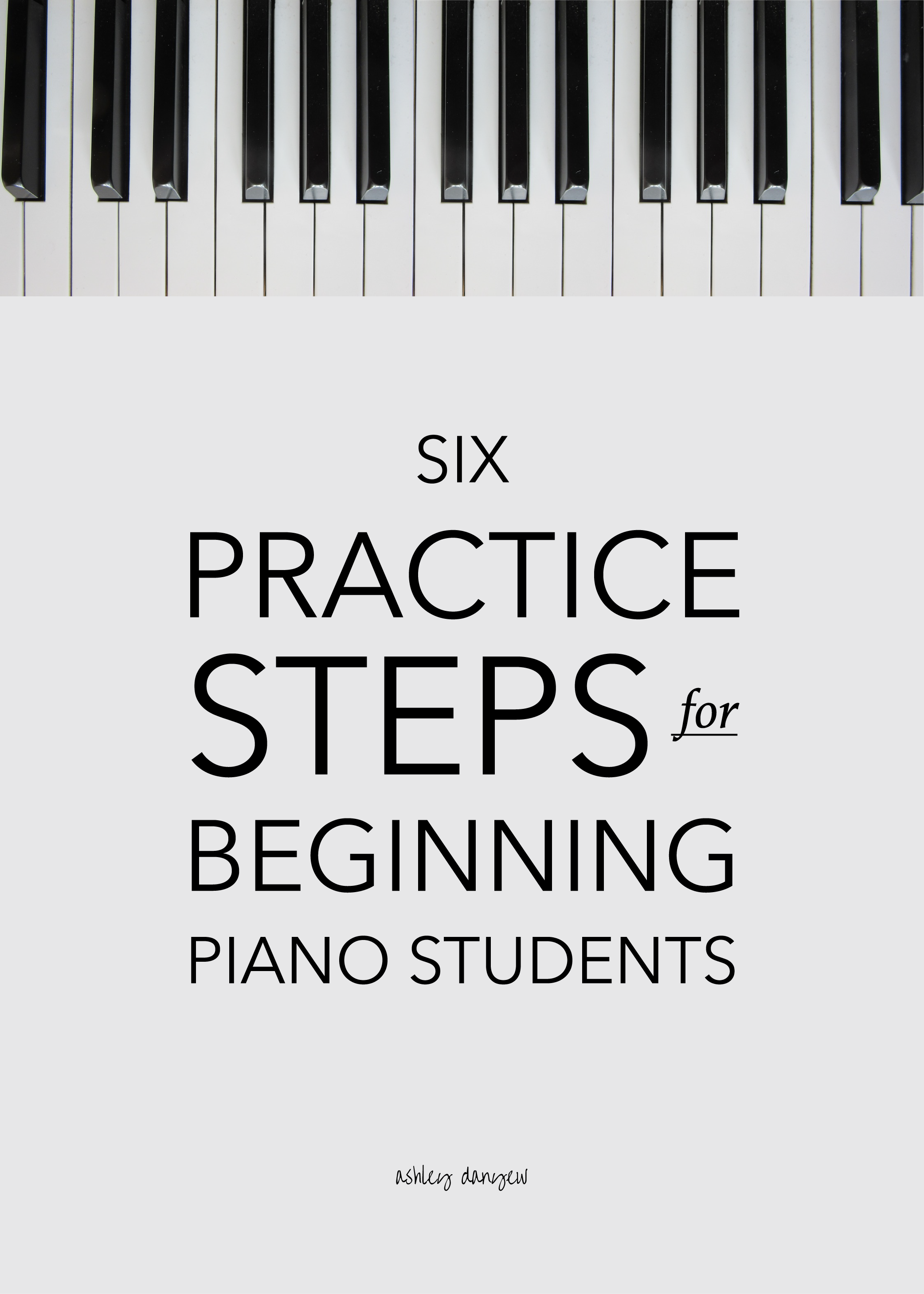A few summers ago, I attended the National Conference on Keyboard Pedagogy (NCKP) for the first time (read my recaps here, here, and here).
In addition to a wealth of new teaching ideas, I learned about new methods and curriculum materials, some of which I’ve been using in my teaching ever since.
Perhaps the most influential and valuable resource I discovered at NCKP was the Royal Conservatory of Music curriculum and teaching resources.
Founded with a commitment to developing strong musicianship skills from the very beginning, the program includes level-by-level guides to repertoire, technique, and musicianship skills (plus supplemental materials for music history and theory) for a variety of different instruments.
Here's what I love about the RCM Piano Syllabus:
The work of studying and evaluating repertoire has been done for you; every piece of music is assigned to a specific level based on skill, musicality, rhythm, intervals, and technique required.
Technical skills are sequenced by level, including several pattern variations (e.g. scales in contrary motion) and specific key assignments.
It includes musicianship skills—namely, aural skills and sight-reading—again, sequenced by level, plus many ways to teach them.
The repertoire recommendations span the style periods and are selected from various method books and collections.
It's free and available online.
How I Use the Piano Syllabus in My Teaching
One big way I use this resource is through repertoire planning.
Related post: Three Things I’m Doing Differently in My Piano Studio This Year
Every year, I create a repertoire plan for each of my students before our first lesson of the academic year. Some of my students are in between RCM levels, which is fine; others seem to fall right at the beginning of a new level.
Either way, the Piano Syllabus provides a great list of skill-appropriate repertoire while still providing a challenge.
Here’s what I include in each repertoire plan:
How to Create a Repertoire Plan
*Disclosure: I get commissions for purchases made through links in this post.
Repertoire
The Piano Syllabus has 10 levels, plus two preparatory levels for beginners. Each level includes repertoire lists drawn from a variety of style periods: Baroque, Classical, Romantic, and 20th Century, plus a separate category for Inventions and Etudes. There’s also an addendum with popular music selections (Levels 1-9)—students can opt to play a popular piece instead of an etude if they’d like.
For my students who are in method books (up to about Level 4), I consider the repertoire that’s included in their book the core of their plan, adding in some variety with supplemental books and sheet music: jazz, modern interpretations of classical pieces, Broadway show tunes, and popular music.
For my intermediate students who have completed a Level 4 method book, I do a mix of study units, where I curate a selection of pieces for them and use the Celebration Series repertoire books that coordinate with the Piano Syllabus.
The important thing here is that the music chosen is at the student's performance level, providing a good amount of challenge and opportunities to develop and reinforce musical skills.
Sight-Reading
I love Helen Marlais’ Sight-Reading and Rhythm Every Day series. I use these books with all of my students, once they begin the Level 1 method book.
Each unit includes six days of content: usually, two rhythmic-reading exercises and two sight-playing exercises.
Sometimes, the activities include pointing and counting or tapping and chanting the lyrics; other days, the student is asked to draw in missing bar lines or write in missing beats. For the sight-playing exercises, students may be asked to practice silently on the keys or circle all the melodic 3rds.
Additional sight-reading material is included at the end of the book (I use this to assess their sight-reading skills throughout the year).
Another book I sometimes use with my older students is the Four Star Sight-Reading and Ear Tests (Boris Berlin and Andrew Markow), which correlates with the Piano Syllabus.
Duets
There’s so much we can learn from ensemble playing, so I make a point to include some duet or ensemble music in each repertoire plan for the year. Again, for those still in method books, teacher duets are often built-in, but sometimes, I like to recommend a supplemental duet book for my elementary students.
I’ve used the Side by Side books (Ted Cooper and Amy Glennon) for Level 1 and 2 students and Martha Mier’s Jazz, Rags, and Blues for Two with some of my Level 3 students.
Aural Skills
Aural skills (also known as ear-training) is a vital part of developing as a musician. These skills help us listen and understand music on a deeper level, play with greater levels of expression and musicality, and become more discerning.
For a few ideas and resources related to aural skills, see this post: Developing Aural Skills in the Piano Studio.
The Piano Syllabus outlines aural skills for each level, which is extremely helpful for planning. I make a point to include clapbacks and playbacks from time to time (especially toward the end of the year), assess their understanding and awareness of a few given intervals, and evaluate their discernment between major and minor chords.
Sometimes, we turn these activities into games. Read more in this post: An Inside Look at My Superhero-Themed Studio Incentive Program.
Goals
The final component of each repertoire plan is a goal or two.
Depending on the age of the student, this may be a goal they shared with me at some point during the last year (e.g. “I want to learn how to play ______”) or it may be a goal I have for them related to their musical development (e.g. finish this method book in four months).
Either way, having a goal or two in mind gives me something to work toward in my planning so that we're not just working week-to-week; instead, we're taking small, measurable action steps toward something greater.
Free Goal-Setting Worksheet
Here’s a 3-page printable to use with your students this year to set short-term (3-month) achievement, music for good, and creativity goals plus space to write out a few action steps for each one. Based on this post on goal-setting by Teach Piano Today. Sign up below to get your copy:
I’d love to hear from you:
Do you create repertoire plans for your students? I'd love to hear about your process!





